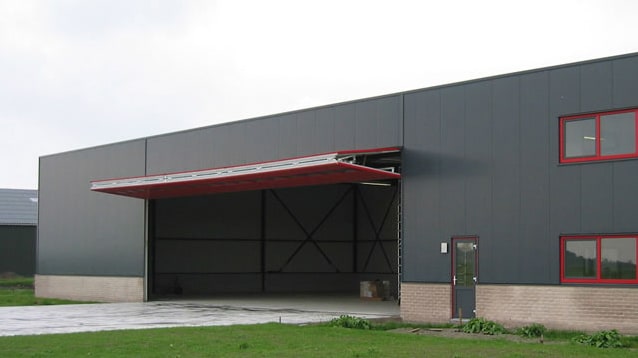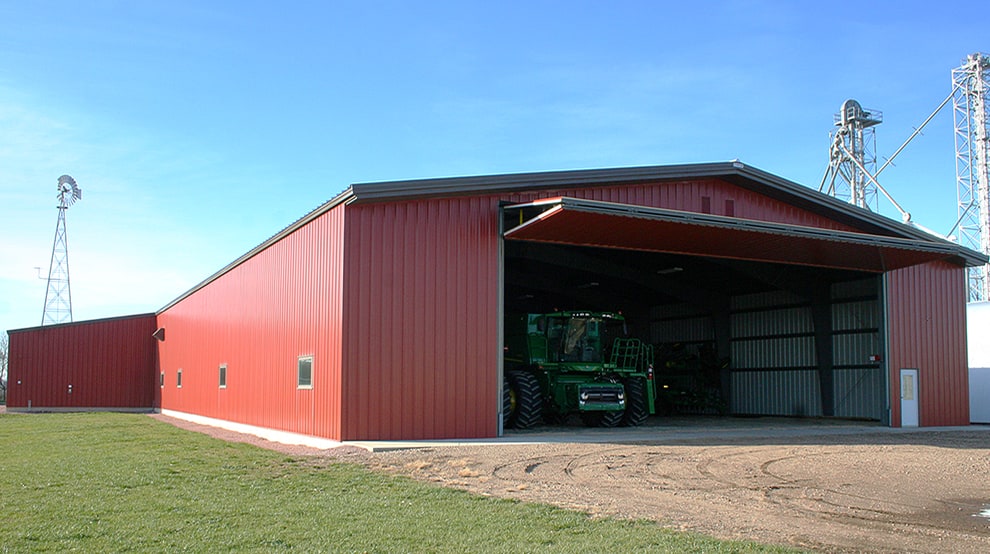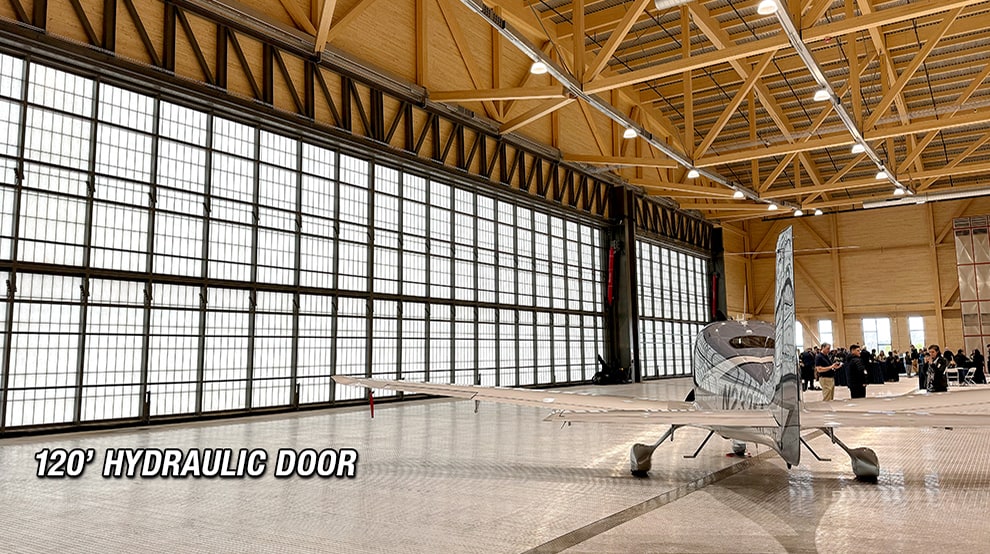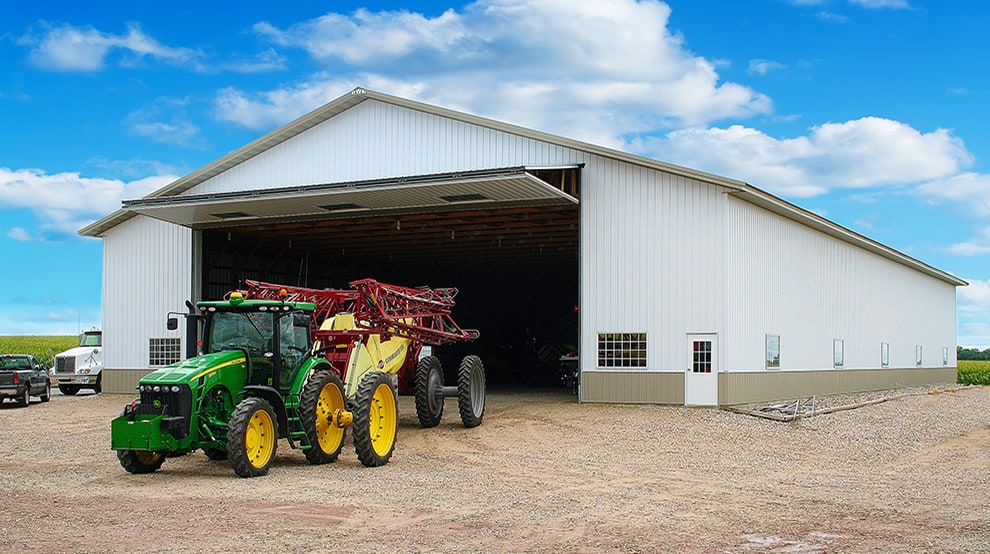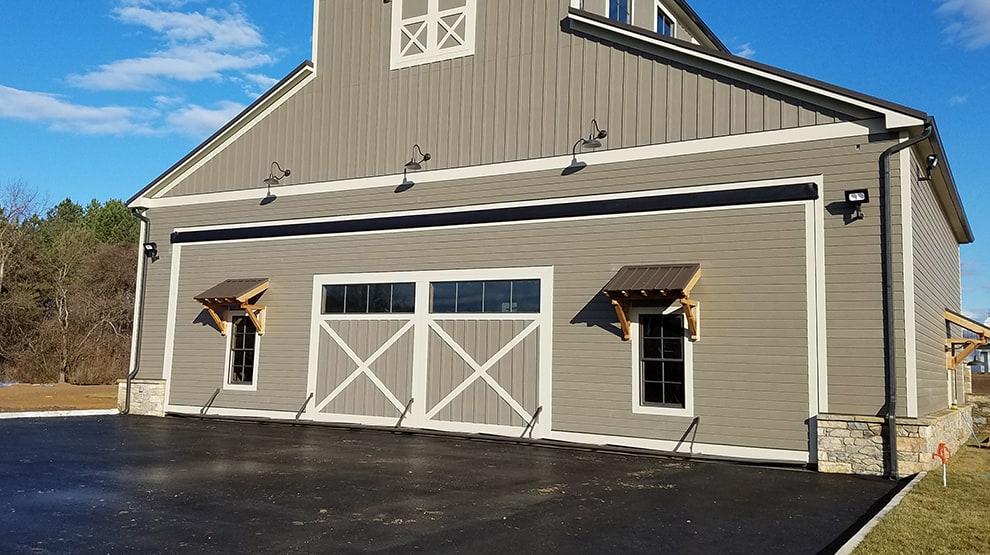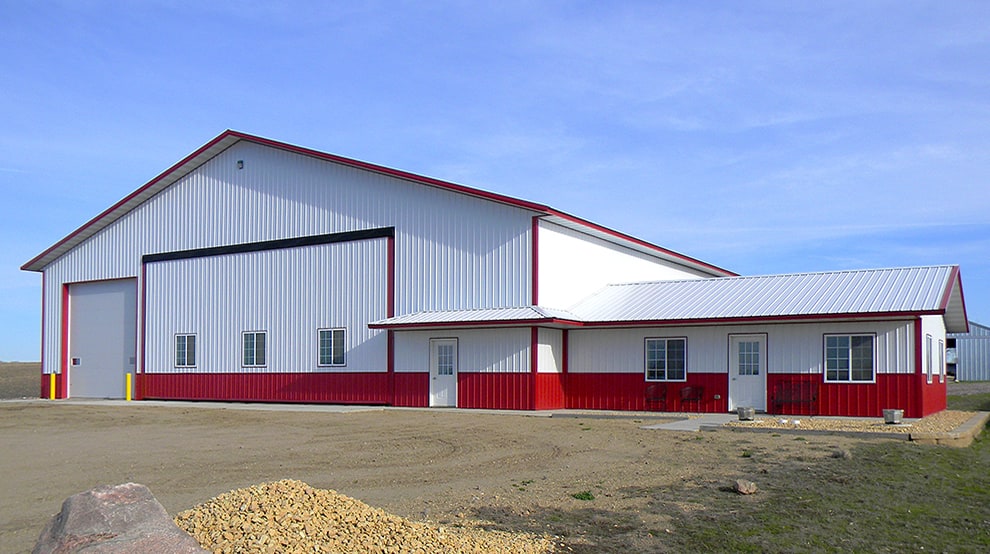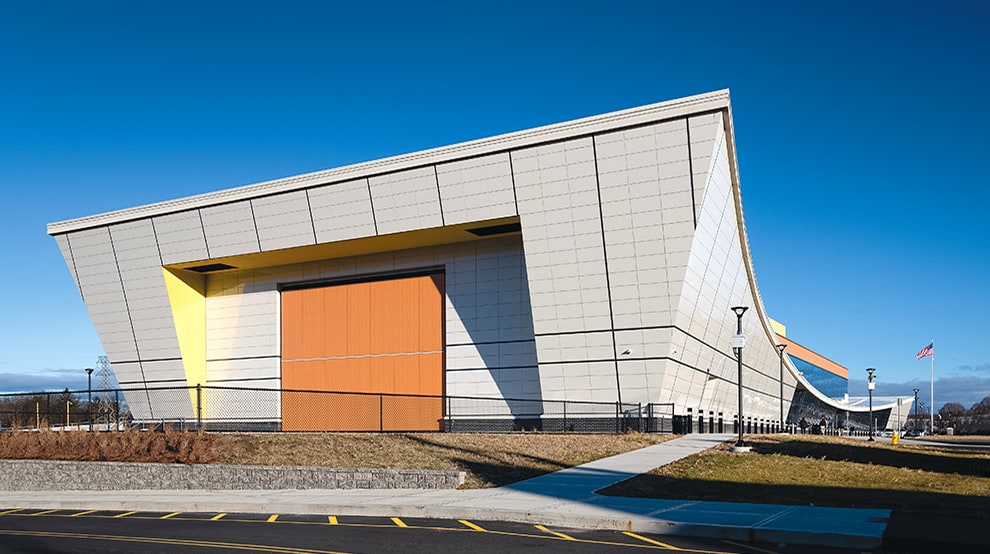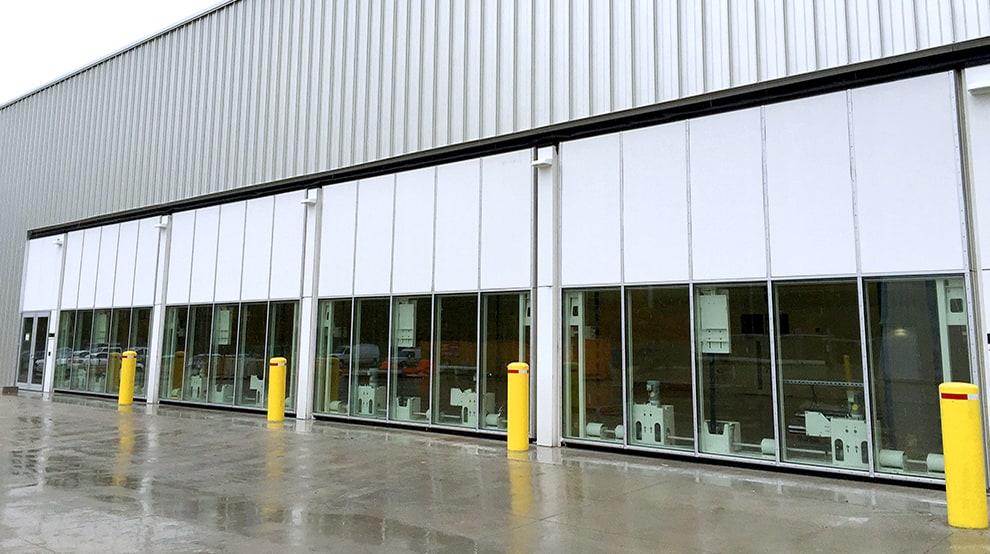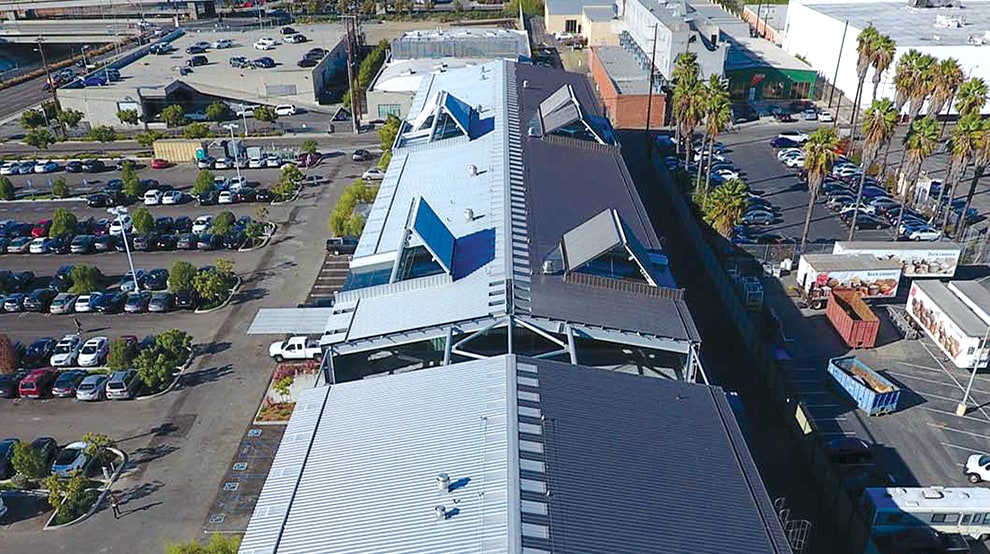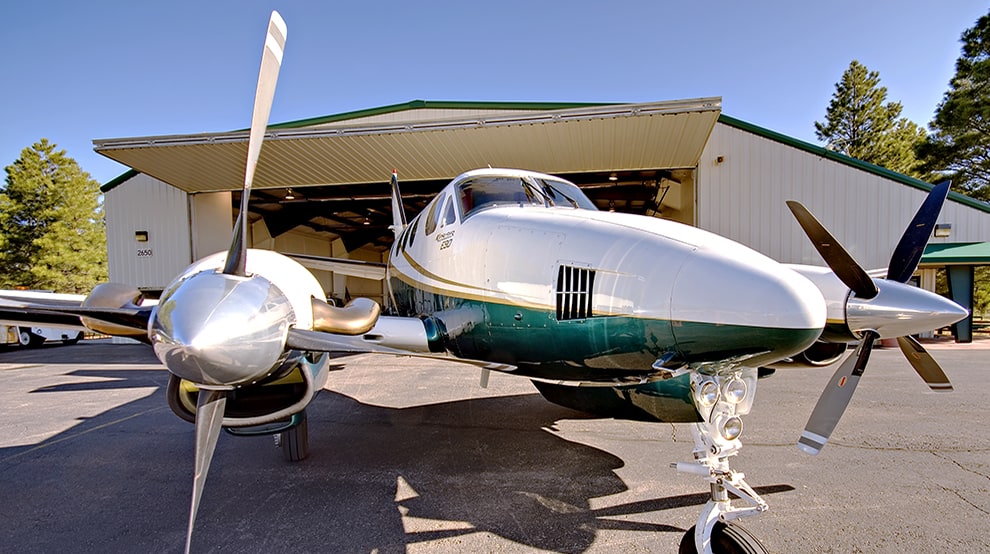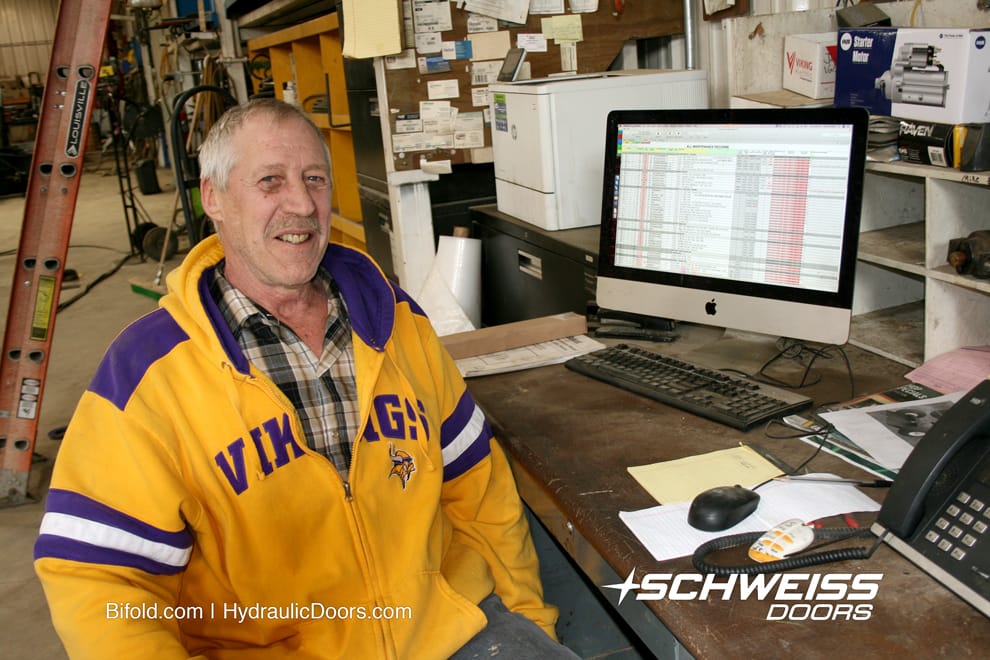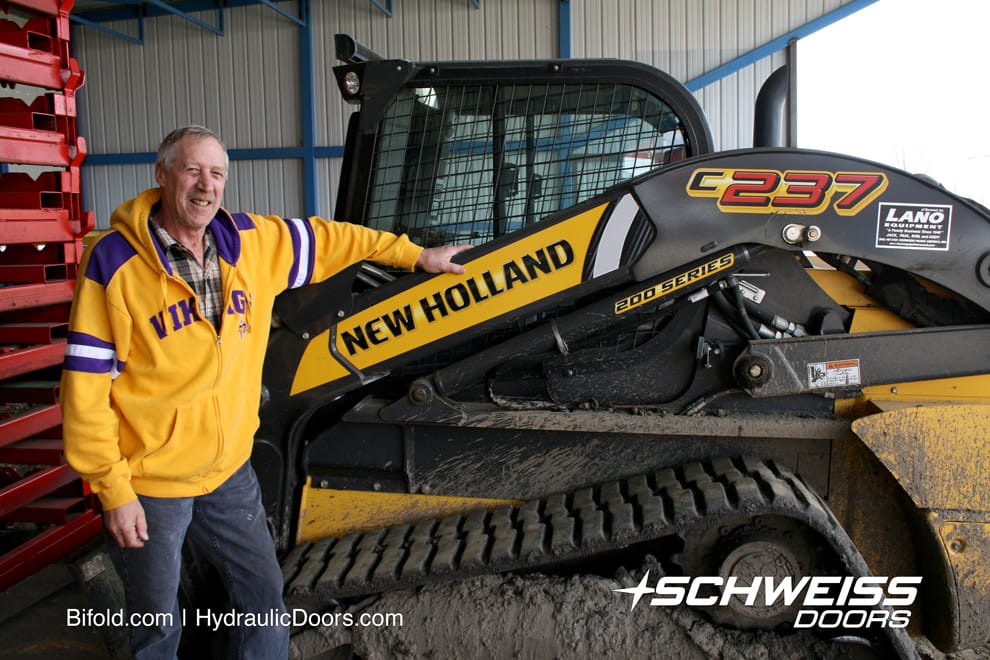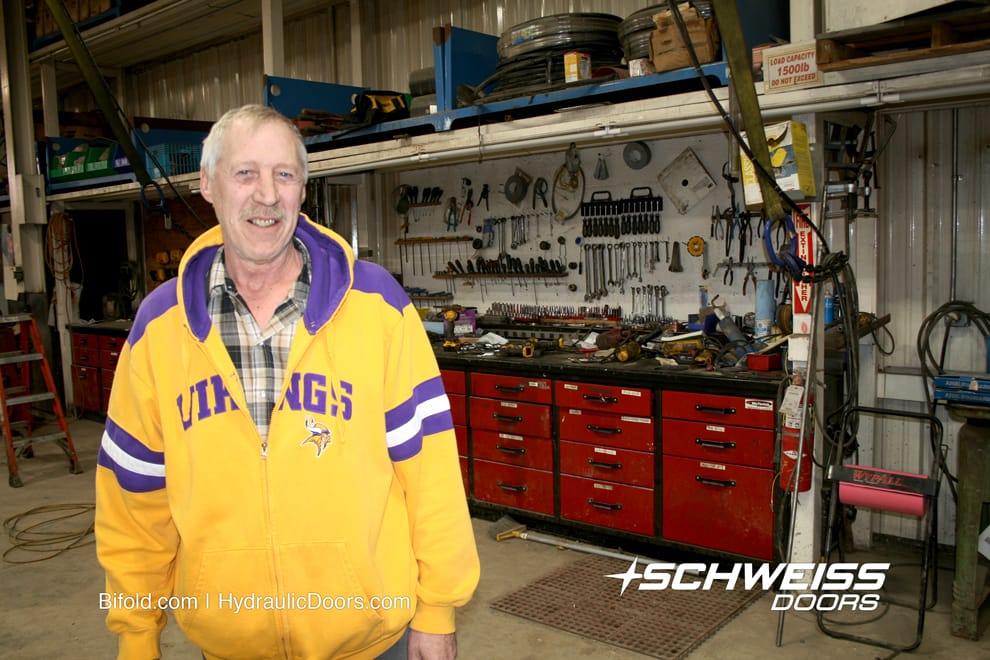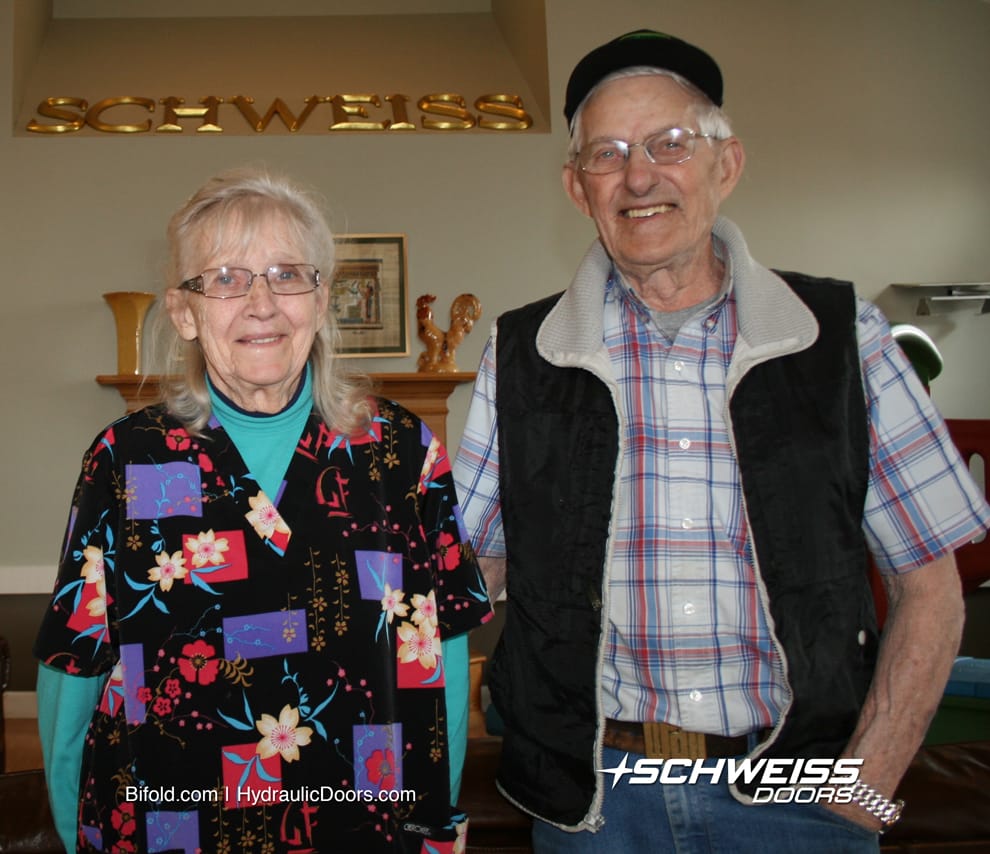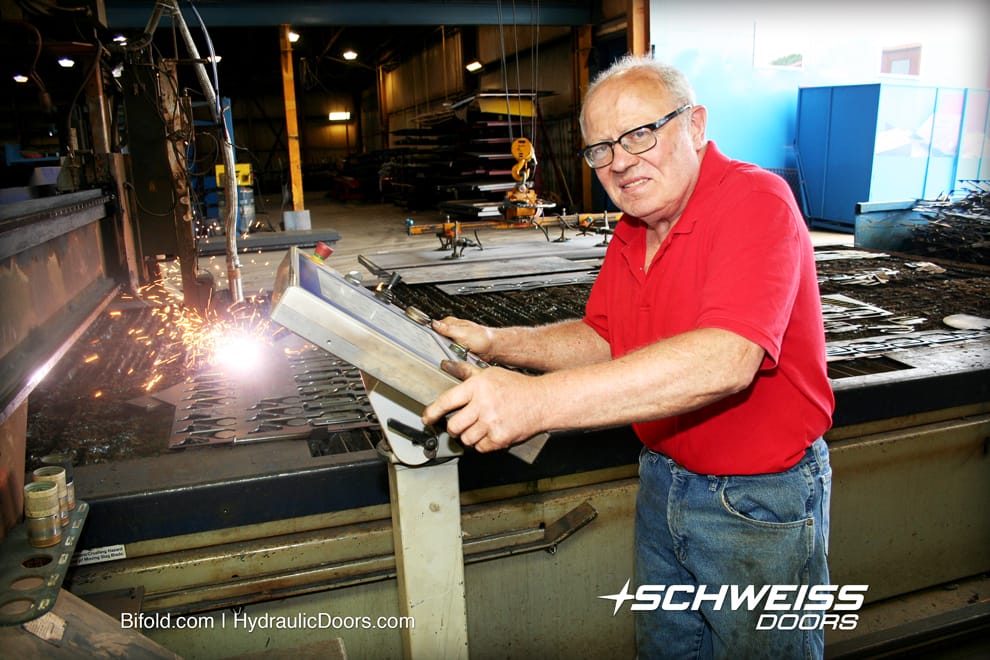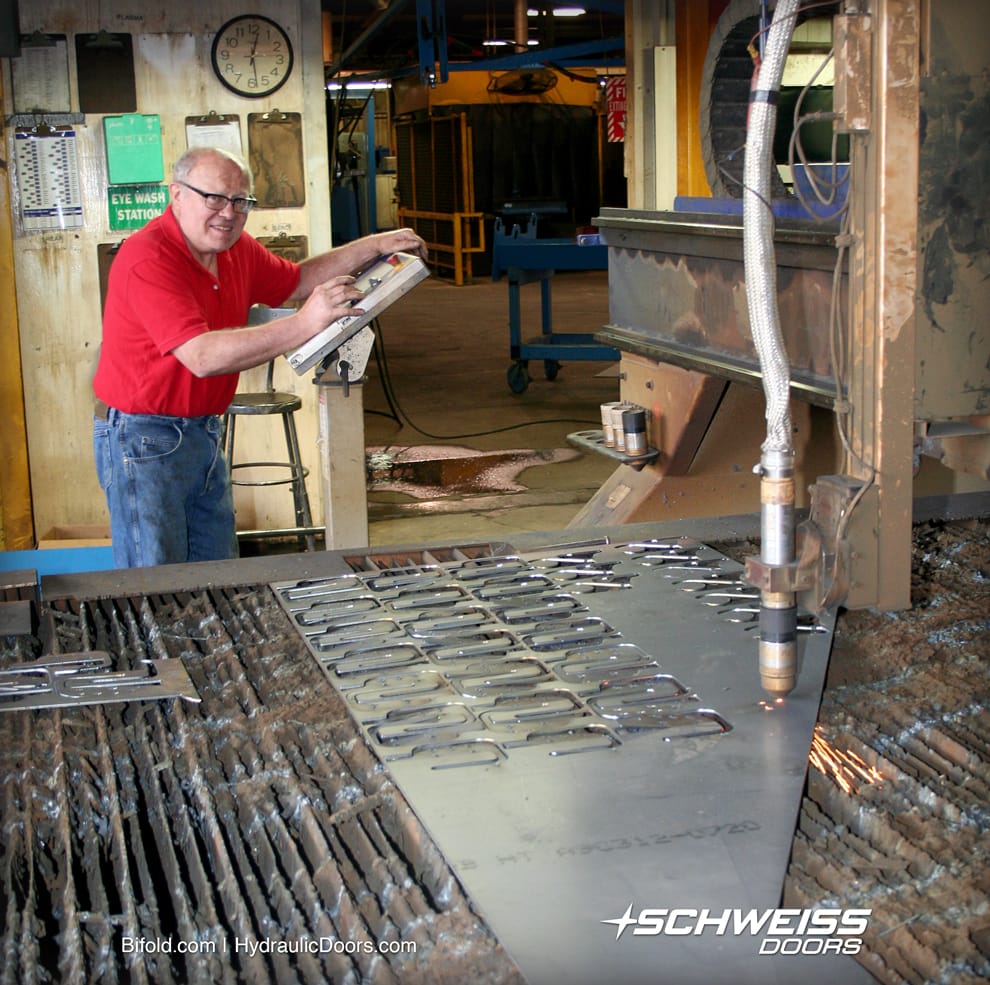Rick Meyer has traveled the world installing Schweiss doors
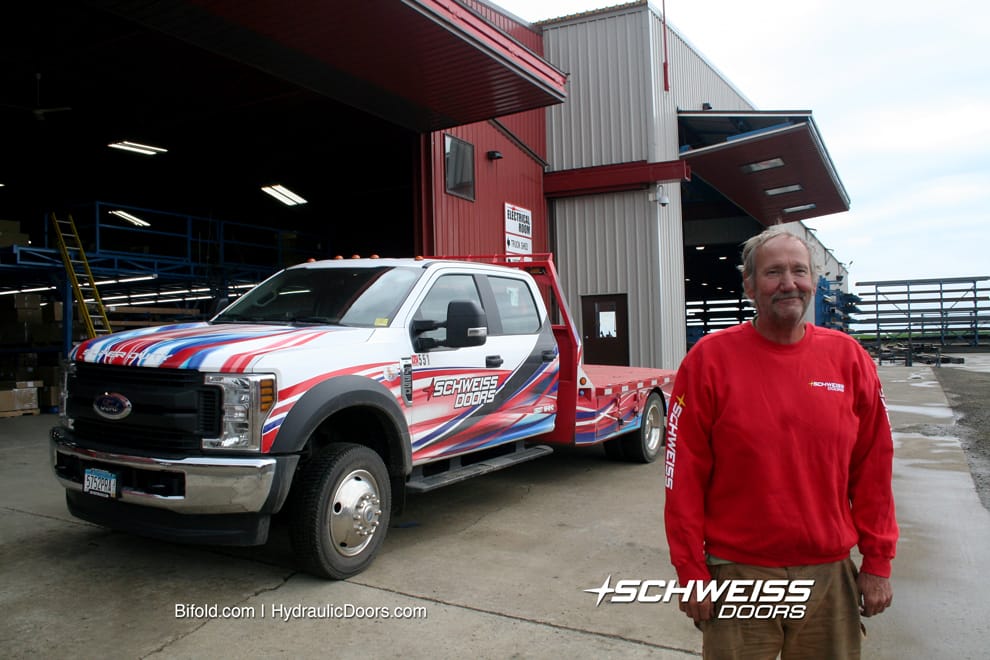
The Schweiss buildings behind Rick Meyer and fancy truck and other equipment weren't around when he started working at Schweiss Doors back in the Spring of 1998. Over the years Meyer estimates he installed thousands of Schweiss bifold and hydraulic doors. Some of this install trips took him overseas to locations in the Bahamas and the arid desert sheikhdom of Qatar.
Rick Meyer has done it all for Schweiss Doors. You might say during the 20-plus years as an employee, mostly doing bifold and hydraulic door installations and liftstrap conversions, that neither snow nor rain nor heat nor gloom of night kept him from the swift and skilled completion of his appointed rounds.
"This wasn't my first job after graduating from Bird Island High School, but it will be my last. I'm retiring at age 64½. I took the job at Schweiss Doors the Spring of 1998 because I wanted to make more money and travel," said Meyer.
"At Qatar, one of the richest countries in the world, they were building some sort of a soccer coliseum. The king's wife was in charge of most of that, when I got there, they had the doors up, I just had to figure out how to make them run. There were about 1,500 people working there and only one or two guys could speak English. They didn't have any battery tools - all hand tools. When we went out for supper, I didn't have any idea of what I was ordering."
- Rick Meyer
Schweiss Doors
And travel he did. Meyer said he installed thousands of doors. Some of the more notable installations were overseas to Qatar, others to the Bahamas and Canada. He traveled coast-to-coast driving through and installing doors in many, many states when most people would have rather stayed home in front of the TV set.
"At Qatar, one of the richest countries in the world, they were building some sort of a soccer coliseum. The king's wife was in charge of most of that, when I got there, they had the doors up, I just had to figure out how to make them run. There were about 1,500 people working there and only one or two guys could speak English. They didn't have any battery tools - all hand tools. When we went out for supper, I didn't have any idea of what I was ordering," recalled Meyer. "Weather could also be bad. Once in North Dakota, when the high in the day was 25-below with high winds; we'd work for 10 minutes and sit in the truck for 15 to warm up. My advice is to not go to the Bahamas in August, it was hotter than heck. We'd get the installs done, no matter what it would take."
He had good memories of installing doors in the New York Yankee Stadium. He got picked up at the hotel at 5 a.m. followed by an hour's drive to the stadium. I had more of an advisory job there, but also help put up the doors and made sure they ran. The bifold and hydraulic doors he installed ranged in size from small to very big. He said he helped install a 120 ft. bifold door for the National Guard in Indiana - they wanted a wide door so they could drive two Apache helicopters into the hangar side-by-side. Meyer had to coordinate lifting the door in place with three Lulls working at the coordinated same time. His biggest hydraulic door install was on a 90 ft. wide door. Many door companies don't even attempt to build doors that big. Another interesting install involved putting a door on an underground bunker.
Other than a lot of windshield time, installers were asked at times to sit through safety meetings.
"During one recent job in Superior, Wisconsin we had safety meetings every day. We had to have a safety meeting on how we were going to take the existing door down. When that was done, we had to have another safety meeting to see how that went and what we could have done to make it a little bit better. Then before we put up the freestanding header, we had to have a meeting before and after each and every step of the way. They'd be standing and watching us, sometimes telling us what we could and couldn't do. We had safety meetings about safety meetings, but we took it in stride," said Meyer.
Safety meeting weren't the norm, but sometimes it was part of the job that you took in stride. All that work over the years handling heavy steel doorframes resulted in a couple of broken bones a broken arm, nose and fingers and sprained ankle that was fixed by tightening up his boot and going back to work. He said Mike was probably glad to see him go after all the Workers Comp claims.
Most of the time there were two people on the door installs, and on a few occasions as many as four. Sometimes it was just Rick on the job. Often, he did on the job training with new recruits. One time I, with one helper, installed seven doors in Michigan myself in one week. I started at 6 a.m. and worked until 9. My helper came at 8 a.m. and worked until 4 p.m.
Schweiss Doors had its humble beginnings at the farm site between Hector and Fairfax where Mike Schweiss and his brothers and sisters grew up. What is now a manufacturing plant for doors, was once a dairy barn.
"I also helped put many of the buildings up at Schweiss Doors. There weren't many buildings here when I started. When I first came you had to bend over, you couldn't stand up in the lunchroom; that's how low the ceiling was," noted Meyer.
"Weather could also be bad. Once in North Dakota, when the high in the day was 25-below with high winds; we'd work for 10 minutes and sit in the truck for 15 to warm up. My advice is to not go to the Bahamas in August, it was hotter than heck. We'd get the installs done, no matter what it would take."
- Rick Meyer
Schweiss Doors
Each year, things got better on the job. As Schweiss Doors grew, install trucks and better equipment became available for the installers.
"It was a big deal when we got our first scissor lift. Before that we used ladders with one guy on the inside of the building and another drilling on the other side of the door. At times you couldn't grab onto anything. The most satisfying part of the job was to have a customer call back saying we did a good job before we even got back," recalled Meyer. "It's been a good job. It's just time I quit. Working at Schweiss could be a challenge. But if you did your job, you wouldn't have a problem."
Now that he's retired, it won't be Easy Street for a while. He'll get to spend more time with his wife, Nancy, and sons Bob and Matt. He needs to shingle and paint his house, shingle his son's house and work on what he calls his Northwoods hunting shack at Wright, Minnesota, just west of Duluth in Carlton County. Don't let him kid you, it isn't a shack. Once the shell of the house was put up 10 years ago, Meyer did the rest of the work on it. It will eventually probably end up as a year-round home.

